A coprocessor really is a wonderful thing
The hype is mostly true.
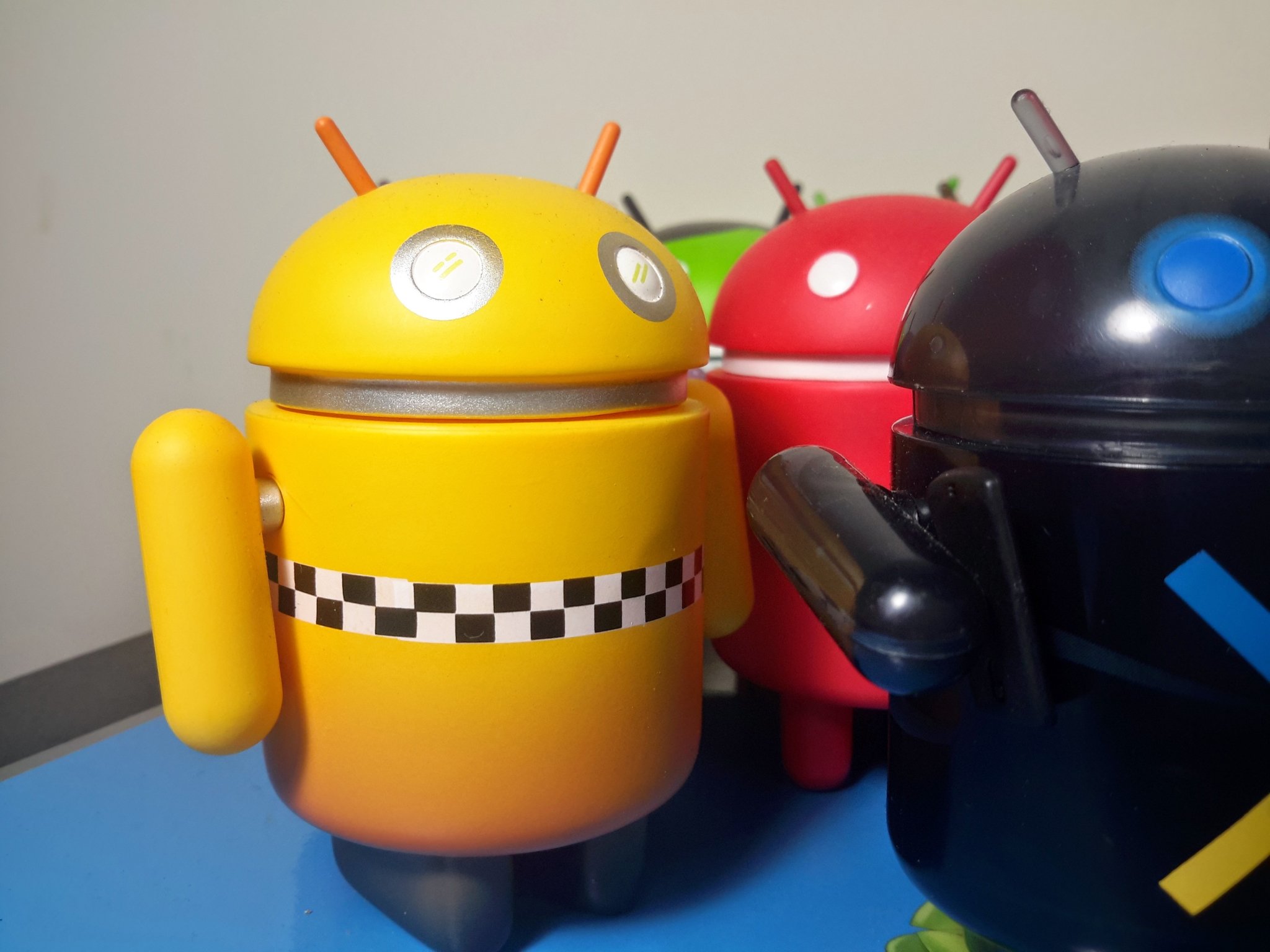
You might have read the news that the Pixel Watch will use a tired old Samsung chip, but it's all OK because it also has a coprocessor inside it. That probably left you either confused because those words mean nothing unless you're a nerd, or shaking your head because you are a nerd and know there's a lot more to learn about this magic coprocessor.
I don't know what chip the Pixel Watch is going to use and I have no idea what type of coprocessors will be inside of it (or if there will be more than one), but I do know that having the right coprocessor can make a considerable impact on the way things work. So let's talk about that.
What is a coprocessor?
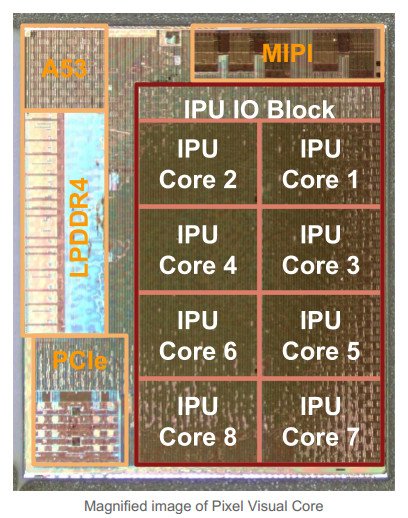
A coprocessor is a chip that is designed to do one type of thing. It does it very well and very quickly, meaning the main processor it's bundled with doesn't have to do any of that stuff. It's done and the output data is sitting there ready to be collected and used however it needs to be used.
A coprocessor can be used to do a lot of things. Lately, all the rage has been about AI coprocessors, but these little fellas can do things like complicated mathematics, graphics functions, signal processing, or string processing. Don't worry if you don't know what some of those things are because it doesn't really matter. A coprocessor can do a lot of complicated stuff so the CPU inside something like your phone or your smartwatch doesn't have to do it. That means it's free to do other stuff, and everything works faster and is more responsive as a result.
A coprocessor only does one thing, but it does it really well.
Being responsive is the key. All of us have had things like a tap or a touch take too long to register on our gadgets, or had to wait what seems like forever for a photo to be taken after we tapped the shutter button. But more than that, we also notice when things aren't as "instant" as other things, even if they aren't super slow.
The hardware inside something like a smartwatch is crazy complicated. It's amazing that such a gadget can even exist, let alone work well most of the time. But the reason your watch, your phone, or even your Wi-Fi router works as well as it does is largely because of one or more coprocessors inside of it.
A perfect example
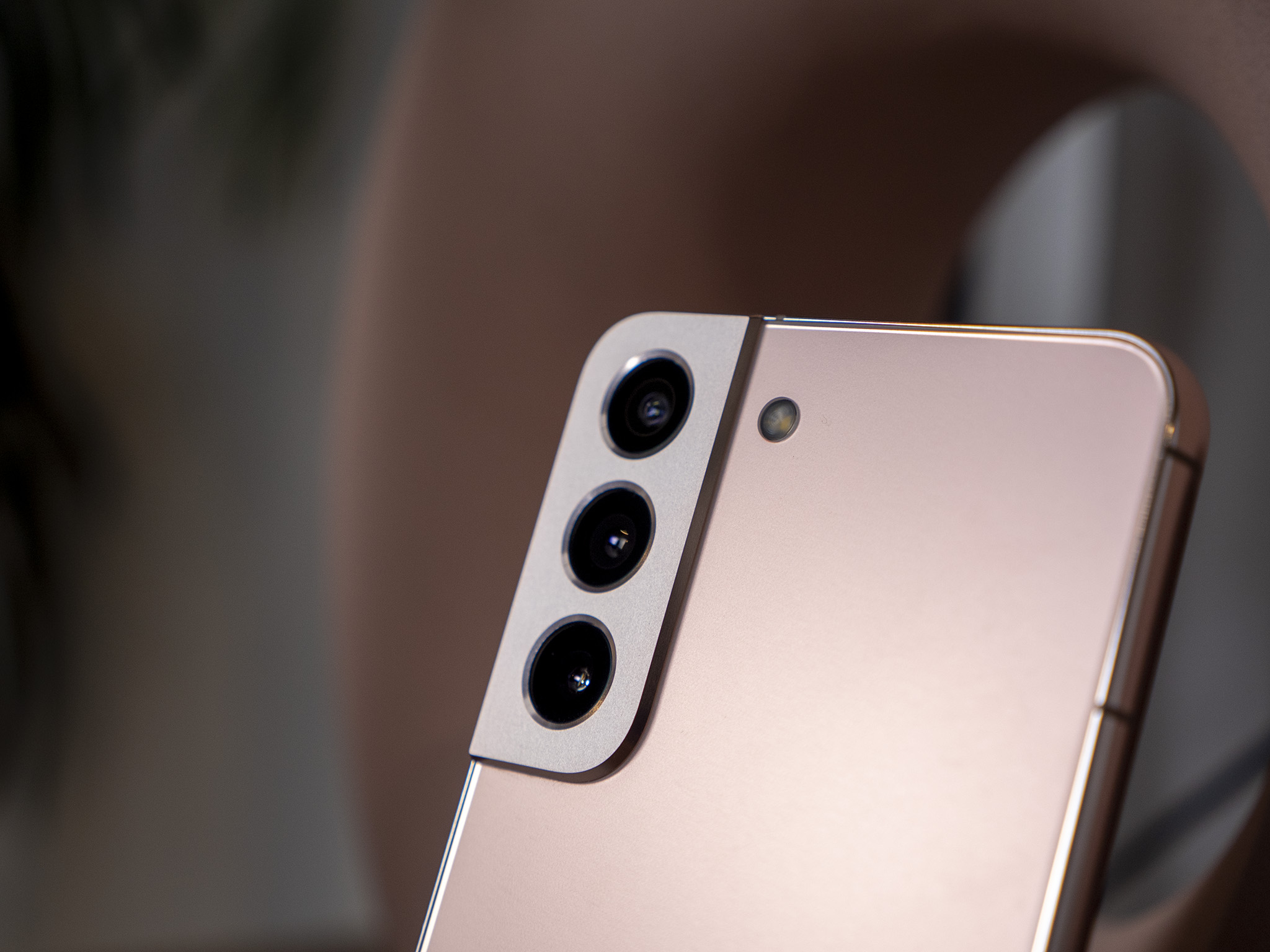
A great example of the difference a coprocessor can make is on the back of your phone. Cameras and the photos they can take have improved so much in such a short time, and it's all because of what companies love to call the ISP.
Be an expert in 5 minutes
Get the latest news from Android Central, your trusted companion in the world of Android
ISP stands for Image Signal Processor and — you guessed it — it's a dedicated coprocessor that does nothing but handle the data stream from the camera sensor.
Smartphone cameras sucked 10 years ago.
Building a good digital photograph is hard. It starts with millions of tiny points of light and has to end up as something we want to look at. Doing this takes a lot of computational work — especially when you're talking about a tiny pitiful camera sensor like the one in even the best Android camera phone. Seriously, credit to the engineers who can get great photos from those.
If you jumped into the Wayback machine to somewhere around 2015, you would find that phone pictures sucked and every phone took forever to make one. The companies that make phones knew this, and they also knew that people love to take pictures, especially since phones were smart and it was easy to share them.
Dedicated ISPs make the crappy sensor on your expensive phone take good photos.
That's when companies like Qualcomm started working on beefing things up with a dedicated coprocessor. An ISP can take what the camera sensor captures, analyze it, manipulate the millions of points of light so they are the right color, then spit out a photograph. Add in some AI to try and detect things like faces or armadillos, and photos start to look really good. Do all of this on the device itself instead of using the cloud, and it's also fast.
The best part — the processor that has to do all the other things on your phone doesn't have to do any of it. It can chug along and make sure the other phone things are running smoothly, and when the ISP is done, it can plop the photo onto the screen for you to see. If you hate it, you delete it, take another one, and the same thing happens again.
A coprocessor in a watch doesn't take pictures
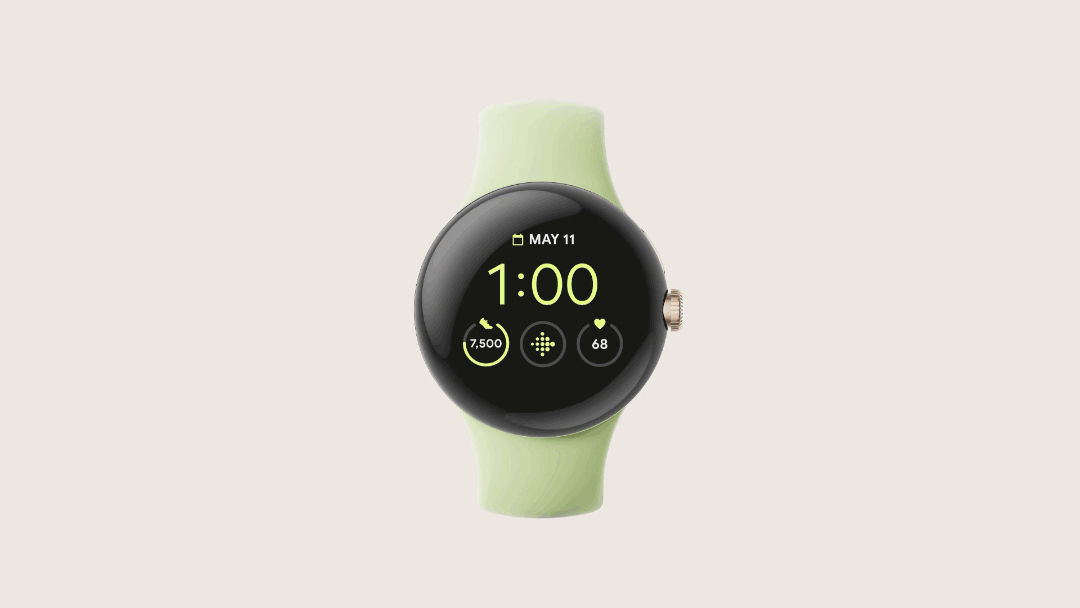
There isn't going to be a camera in the Pixel Watch (Samsung tried that, and we all hated it) so there won't necessarily be a dedicated ISP inside of it. But get this — there could be because an ISP also processes audio data; like the things you yell at Google Assistant seventeen times because it decides to try and show you YouTube instead of turning on your lights.
This is one kind of thing that's important for the Pixel Watch. Google wants it to handle Google Assistant just as well as your phone or something like a Nest Hub does. It will have an always-listening mode and hot word detection, as well as recognize your voice as your own.
Saying "Hey Google, what time is it?" means never having to look at your Pixel Watch.
These things take a lot of computing power and they're also things a dedicated coprocessor can handle better than the main CPU could — the coprocessor instruction can be set to only do certain things, but do them very efficiently.
The same goes for fitness data. Counting your steps or miles on the bike isn't done by tiny elves or magic. There are sensors that collect movement data, and a processor needs to convert that data into a useable format for Fitbit, or Samsung Health, or any other program you use to keep track of it all.
This doesn't have to be done in an instant, but it does need to be done. It's another place where a dedicated coprocessor can help.
Finally, we can't forget AI. Google loves Artificial Intelligence; if Google were to build a toaster, it would be the world's first toaster powered by machine learning algorithms and AI. Having a standalone Neural Processor can help Google do whatever it has dreamed up, where your watch needs AI to do it.
Yes, coprocessors are awesome
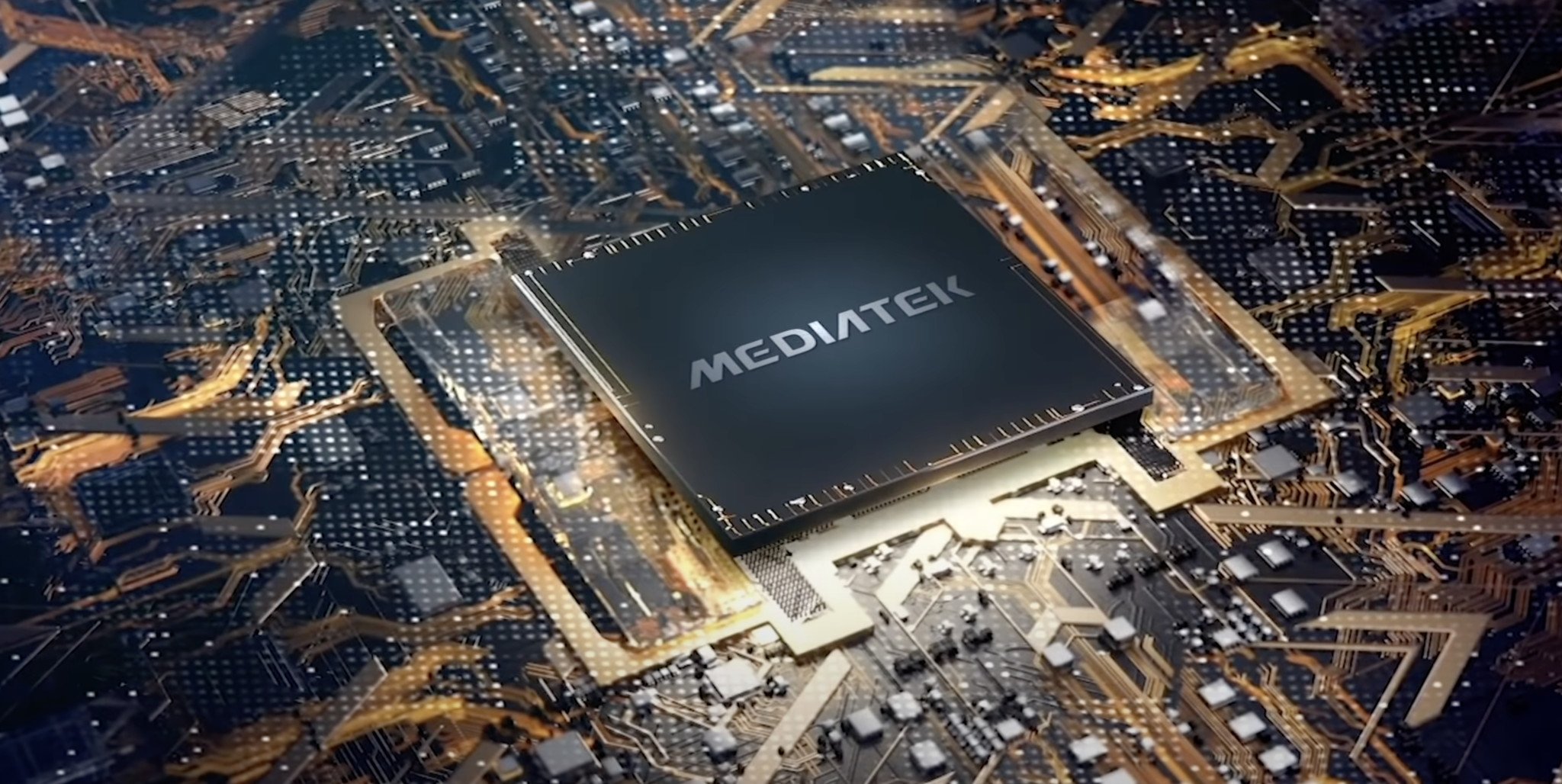
A coprocessor really can make a huge difference. You know it even if you had no idea you knew it, because your phone has several of them making it better than the last phone you had.
The Pixel Watch will have at least one of them, which means having an older CPU from 2020 might not matter. We won't know until it arrives, and we can love or hate it together.

Jerry is an amateur woodworker and struggling shade tree mechanic. There's nothing he can't take apart, but many things he can't reassemble. You'll find him writing and speaking his loud opinion on Android Central and occasionally on Threads.
